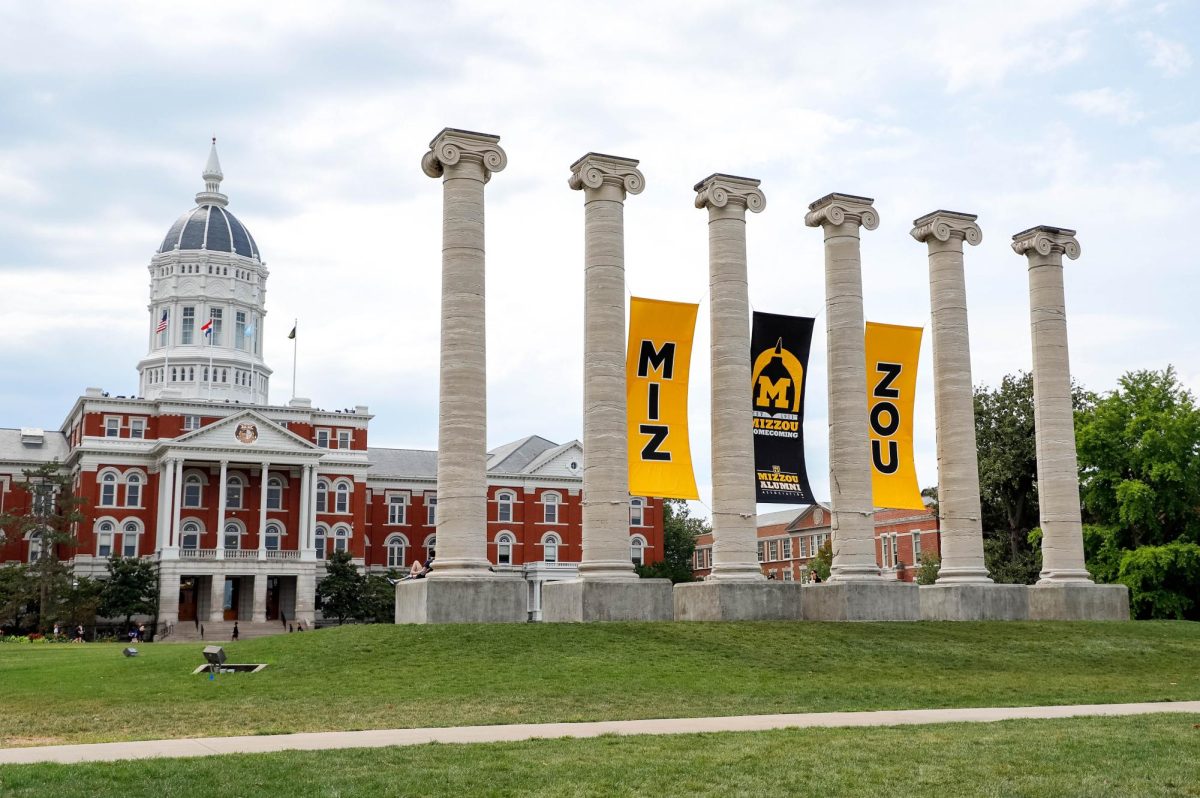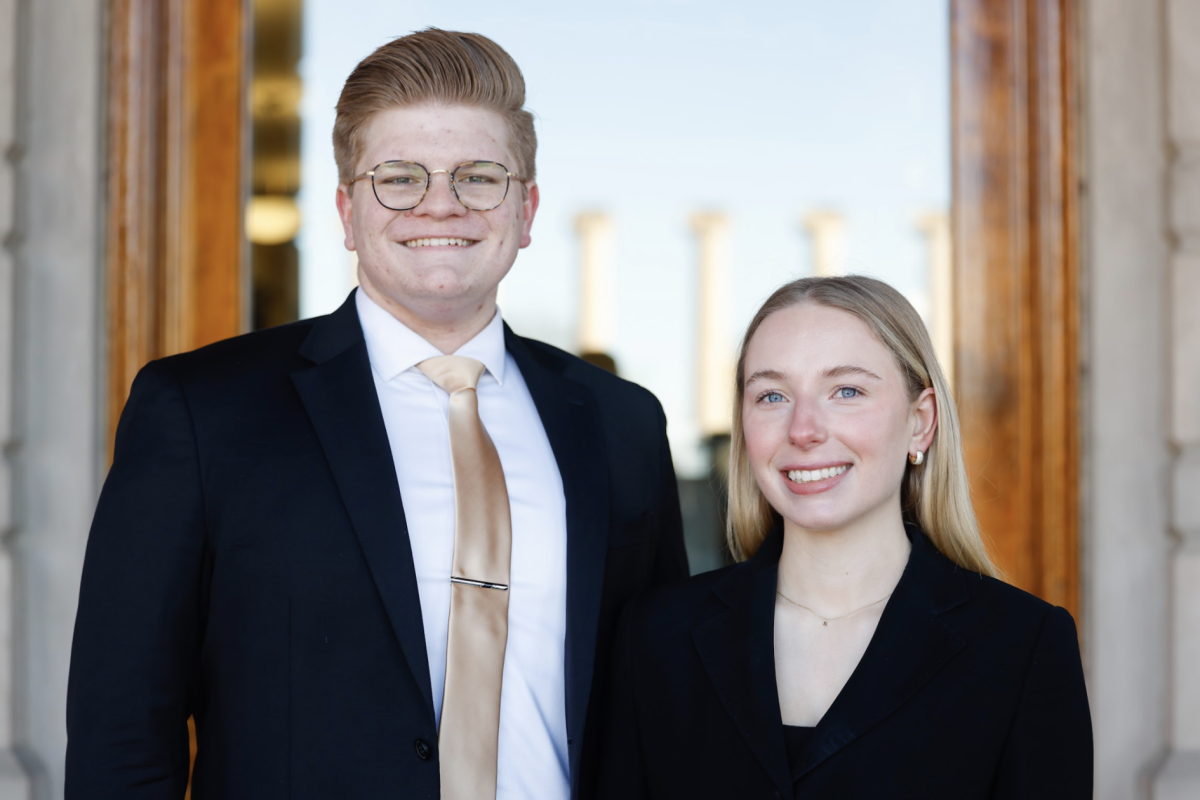The MU School of Journalism welcomed Larry C. Price, two-time Pulitzer Prize-winning journalist, to talk about his work on “The Human Toll of Toxic Pollution” on April 26 in Neff Hall.
Price is also a documentary photographer. In his recent project, he documented how the mining and textile industries cause negative health effects for people living in the developing countries in Africa and Asia.
He began with a presentation of a photo series called the “Dark Side of Gold,” which was part of his global pollution project, depicting several photographs of child labor in the mining industry to extract gold in the Philippines.
“Around 170 million children under the age of 16 are involved in child labor in the world, and out of them about 20 million work in the gold mining industry surrounded by hazardous working conditions,” Price said.
Price revealed that some of these children, especially older teenagers, were involved in underwater mining, exposing themselves to high levels of mercury poisoning.
Price then shifted the discussion to a different photo series called “Tanning & Textiles: The Death of Asian Rivers.” This presentation talked about pollution caused by several textile companies in countries like Indonesia, India and Bangladesh.
Some of the images presented the toxic tanneries in a neighborhood called Hazaribagh in Dhaka, Bangladesh, which contains nearly 200 leather tanneries.
Price ended the discussion with a short documentary film featuring Kabwe, Zambia, which has been named as the world’s most toxic town. The film showed a series of photos and videos of Kabwe natives exposing themselves to huge amounts of toxic lead from metal mining and smelting.
Price earned his first Pulitzer Prize for spot news photography for his coverage of the 1980 coup d’état in Liberia in West Africa and his second one for his photography in El Salvador and Angola in 1985.
Price’s visit to MU was part of the Smith/Patterson Science Journalism Fellowship and Lecture Series, a joint initiative of the Pulitzer Center Campus Consortium and the Missouri School of Journalism, according to a news release by the Journalism School.
The Pulitzer Center is a journalism and education non-profit NGO based in Washington D.C that was established in 2006. Its main goal is to provide funds to journalists so they can travel around the globe and report on underrepresented stories to the American audience, Peters said.
The Journalism School established this partnership with the Pulitzer Center in 2017 to enhance the school’s emphasis on science, health and environmental journalism.
The event also recognized the winner of this year’s Smith/Patterson Pulitzer student fellowship, Margaret Vatterott.
Vatterott, who is currently a graduate student studying visual editing, also completed her undergraduate degree at MU in documentary journalism, said Sara Hiles, assistant professor at the Journalism School.
Hiles said she will soon be going to Mexico City to create a documentary film about how the water crisis affects the people of the nearby indigenous community there.
_Edited by Morgan Smith | [email protected]_














